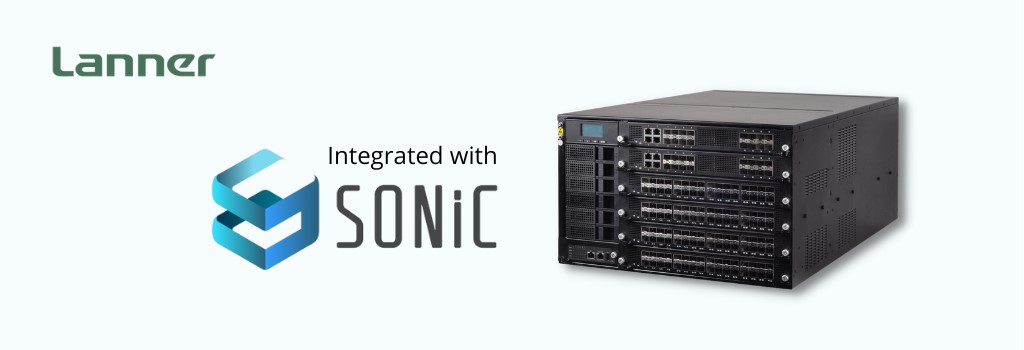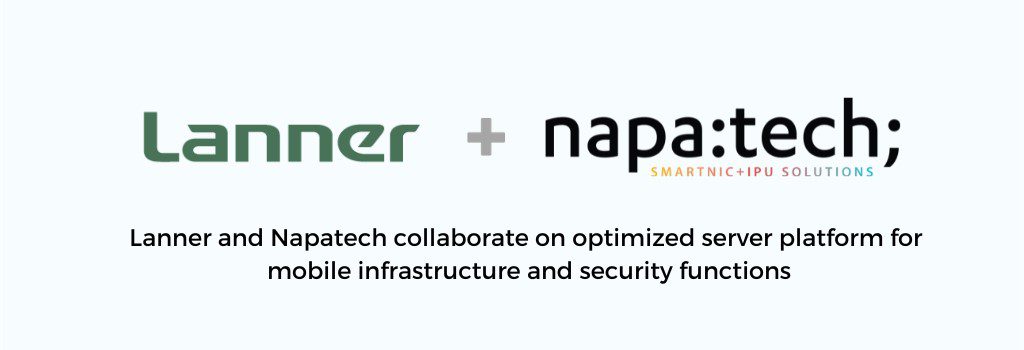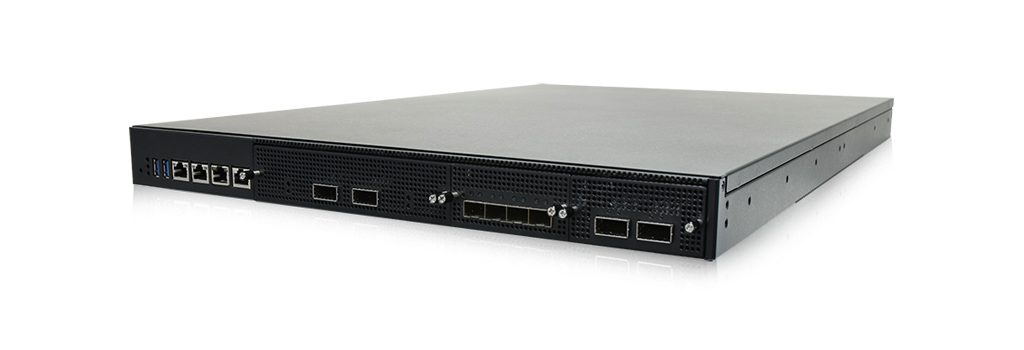Reducing the time to provision new services is an important goal of any service provider. However, many SPs still follow the old way of provisioning, i.e., depending on the provisioning team to go on site, bootstrap a device and manually configure it.
Additionally, CPE virtualization makes the services further complex and the provisioning task more time-consuming. Therefore, an SP may question if there are better ways to provision a service.
No doubt, the kind of manual process which exists today can potentially result in errors; further, it is OPEX intensive and not scalable at all.
On the other hand, the modern way of provisioning using the zero-touch method is the preferred industry method, which uses the power of automation to provision new devices quickly and remotely.
ZTP became popular when SD-WAN vendors initially adopted this method to expedite the ease of provisioning their CPEs (Customer Premises Equipment) without needing a network engineer to go onsite and send only SD-WAN devices with the factory default configuration.
However, the adoption of this method gradually picked up as more and more routing and switching vendors started introducing them.
As a CSP, you should know the different ways to do ZTP, its advantages, the process, and any concerns this may have,
This blog will go through all these points one by one.
What is Zero-Touch Provisioning (ZTP)?
Zero Touch Provisioning (ZTP) allows a new device to automatically configure and/or update itself without manual intervention. ZTP can therefore eliminate the need for onsite visits and manual setup; Overall, it improves deployment efficiency and reduces labor costs.
Why is ZTP needed, and what are its advantages?
While there are many reasons for ZTP’s popularity, three of them are worth mentioning:
1) Saving time and Costs
Setting up new devices can take days and weeks. When hundreds of routers or switches need to be deployed, ZTP can help implement the configuration faster without requiring manual configuration one by one, thus saving time and costs.
2) Helps avoid manual errors
Manual configuration is prone to human error. If errors happen during provisioning, the service launch can be delayed causing customers unhappiness. ZTP can help eliminate it.
3) Configuration consistency
Having multiple configurations across network devices is an operational nightmare. It can delay troubleshooting and requires the operation team to keep a good record of all the configurations. With the ZTP, the configuration across devices will be consistent instead of site-specific configuration. This expedites the troubleshooting at the maintenance stage.
Use Cases of Zero-Touch Provisioning (ZTP)
While remote device provisioning is a leading and primary use case of ZTP, many others are in practice as follows.
1) New Device provisioning at customer site
This is by far the most common use case for ZTP. Essentially, it decreases the time to provision new services and, therefore, can directly impact the business of the SP and hence a focal use case for SPs.
2) New Device provisioning within SP’s own infrastructure.
Automating the provisioning of the network devices within the SP’s infrastructure like Cell site routers, PE, and P routers
3) Software Upgrades, patches, and bug fixing.
While remote device installation is always the primary use case for an SP, more and more SPs are expanding into other areas of the operation life cycle beyond basic configuration. It is very common now to see use cases related to software patches, new software upgrades, and the addition of new features.
Types of ZTP
ZTP can be implemented in quite a few ways. In all of the following cases, the network device needs to access the location where the configuration files are stored, load, and execute them.
- DHCP Method: This is the most popular method; it allows the connection of the remote device to the DHCP server that assigns the IP address to the device and also the location of the server from where the device can download the configuration
- USB Method: allows deployment by running a script from the USB flash drive available on the device.
- Email based Method: Allows the installation engineer to click a URL given to him in an email that directs him to a server the server from where the script can be downloaded into the CPE
The traditional Process
To appreciate the ZTP process, it is better to first look at the traditional installation process. The network device is sent to the site. The installation technician visits the site. He powers up the device and checks the OS of the device. If the device’s OS is old, the technician first upgrades it manually to the new OS. After that, the configuration is done manually using CLI.
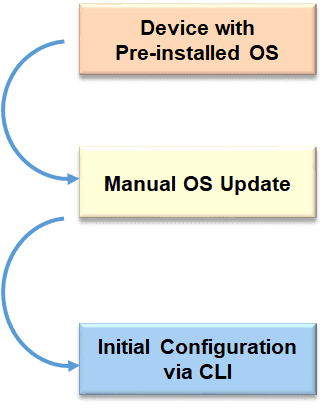
ZTP Process Step by Step
The following describes a typical ZTP process using the DHCP method for a remote device.
The device arrives at the installation site with a factory-default configuration. The device is turned on at the installation site. The device requests a DHCP address by communicating with the DHCP server.
- DHCP Server responds with the IP address for the device and the location of the ZTP server that hosts the OS image and the configuration files.
- The device requests the ZTP server for the latest OS image and configuration files. For security reasons, a proper authentication/authorization process is in place so that only valid and approved devices can communicate with the ZTP server and download the files.
- The ZTP server allows the network device to download the OS image and the configuration files from the ZTP server.
- The device compares the running OS version with the downloaded version; if the current version is old, the device installs the new OS and reboots.
- The device executes the new downloaded configurations and stops the ZTP process.
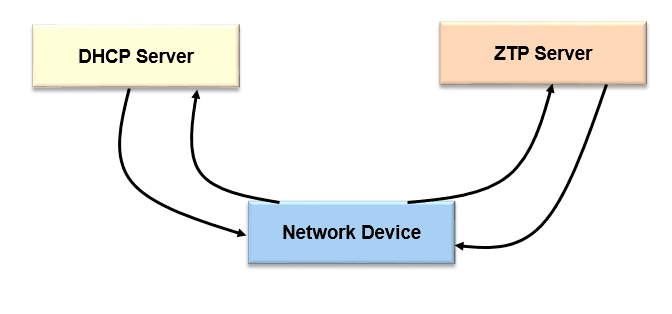
ZTP based Device configuration steps
ZTP’s importance for the white box
While the traditional switching vendors are slowly migrating their processes to ZTP, the white box providers have been enabling it for a long. Considering that the white box usually has the hardware from one vendor, OS from another vendor, and application from still another vendor, the smooth operation depends on how easily all these different pieces can be integrated without any issues. Zero-touch provisioning, therefore, comes in handy in such cases. Usually, the software vendors provide the ZTP process for the entire life cycle, including initial installation, OS image upgrade, bug fixing, and new features.
Lanner’s white box with ZTP
Lanner is a leading manufacturer of white box solutions for different applications like Edge, SDN, NFV, SD-WAN, and Open RAN. It operates in the US through its subsidiary Whitebox Solutions (whiteboxsolution.com)
Thanks to its software partners, Lanner’s white box solutions come with ZTP, making configurations and upgrades a breeze and painless operations.



